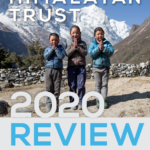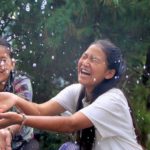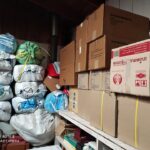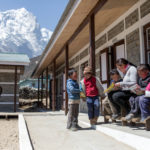Our work
Since the 1960s when Sir Ed built the first school in the Everest region, New Zealanders have been working through the Himalayan Trust to reduce poverty, improve education and health, and bring safe water to remote communities in Nepal.
Nepal is one of the poorest countries in the world. Over half the population live on $3 a day or less. Many families often need to walk for hours to reach basic services like safe water, health care and schools. With the ongoing support of New Zealanders, we’re working to change this and transform lives in the Everest region.
What we do
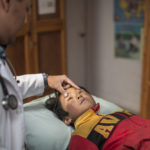
Health Matters
We have been working to improve access to healthcare for communities in the Everest region for over 60 years.
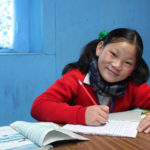
Tools to learn
We support over 60 schools with essential resources and materials, as well as scholarships to enable children to complete their education.
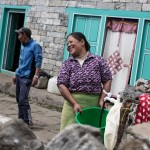
Give water, give life
We improve access to safe water in remote mountain villages , improving health for whole communities for years to come.
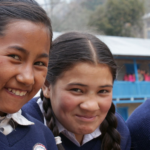
Future proofing
We provide scholarships for young people to develop the next generation of leaders, teachers and health workers.
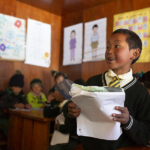
A better education
We work to improve the education in the Everest region by training teachers and providing school resources.
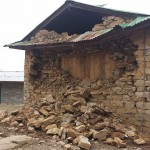
Earthquake Rebuild
Following the devastating earthquakes in 2015, we provided emergency relief and over the following three years, rebuilt 150 earthquake-strengthened classrooms at 36 schools.
Latest news and stories
New Bupsa water system completed
Over $25,000 raised for COVID-19 Emergency Response
Five years on from the 2015 Nepal earthquake
Help change lives in Nepal
A little of what we have achieved together
Nepal in Numbers
29 Million
The population of Nepal. Despite being a tiny landlocked country squeezed in between China and India, the population lives across extremes in topography and climate.
View source.
147 out of 187
Nepal is low on the UN Human Development Index—measuring a combination of life expectancy, education, and income (New Zealand ranks 7th).
View source.
27 percent
The proportion of Nepalis that have access to basic sanitation. The majority rely on rivers, often polluted for their drinking supply, bathing and washing clothes.
$2 a day
The average annual income in Nepal is US$377. By comparison, New Zealand’s per capita income is around $30,000.

